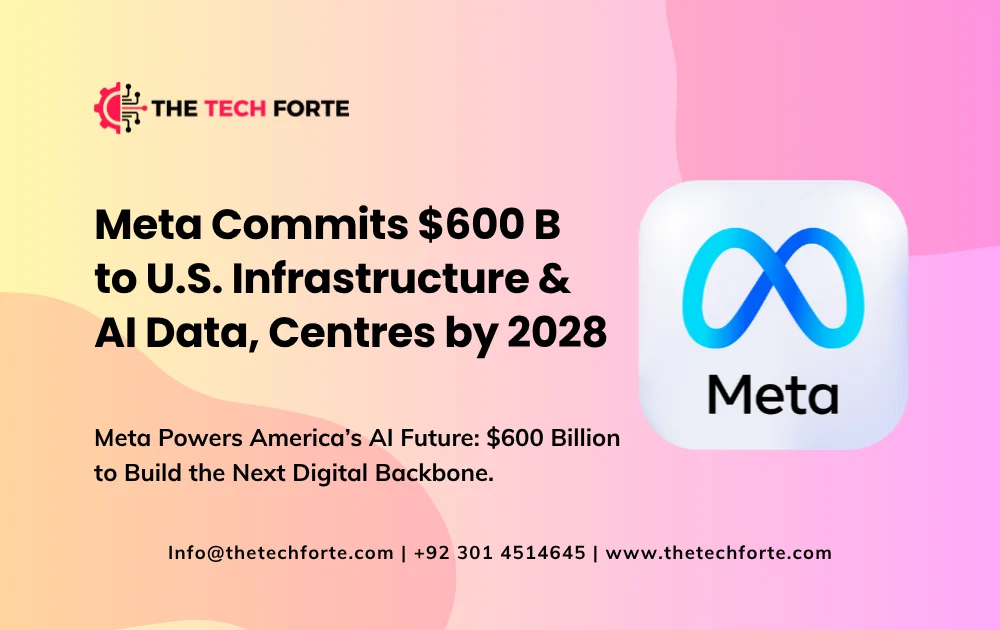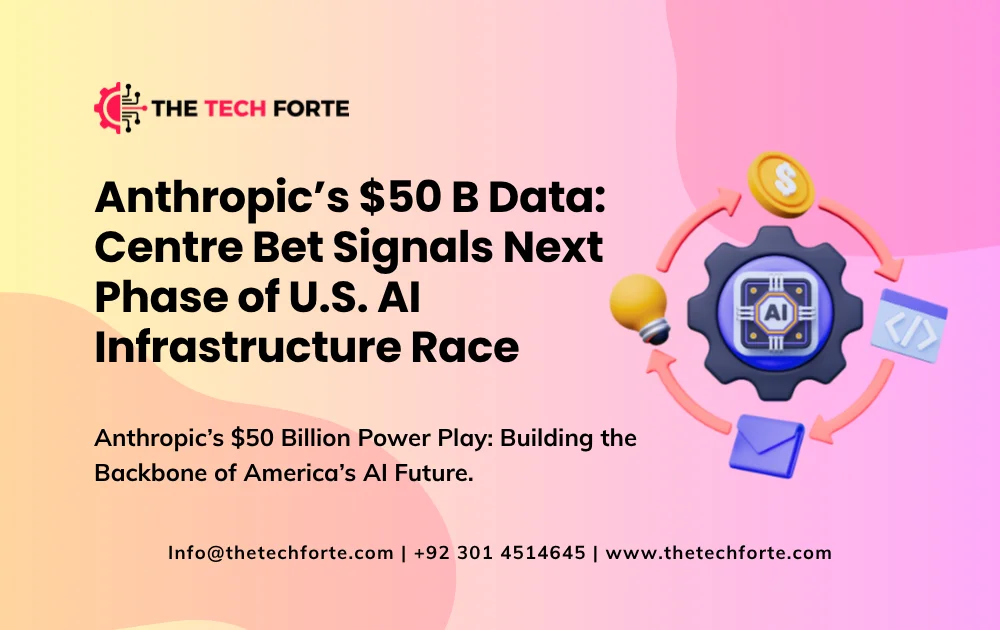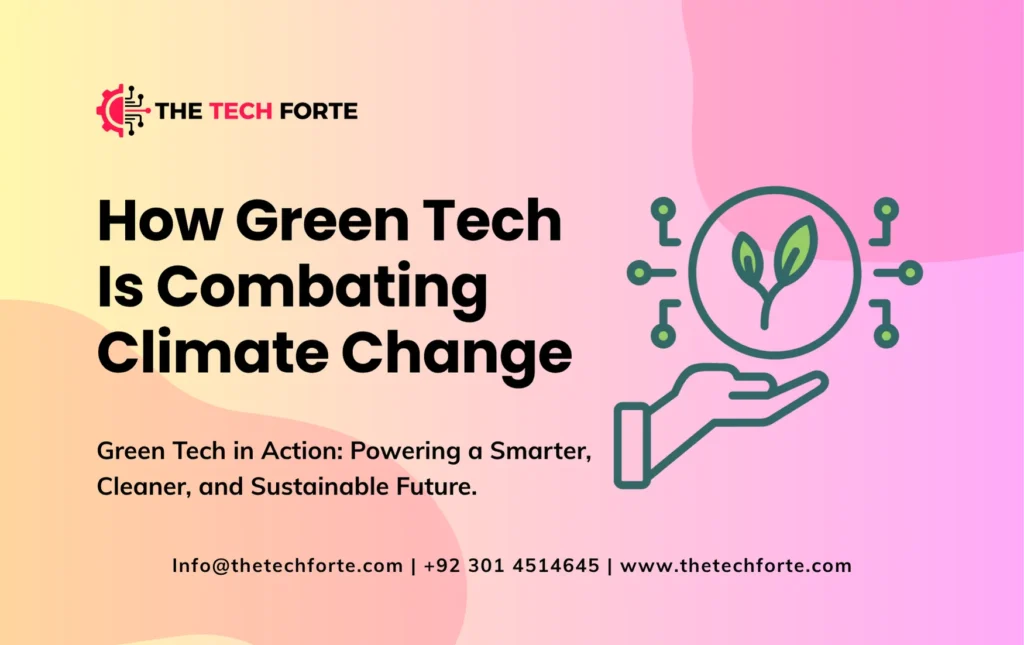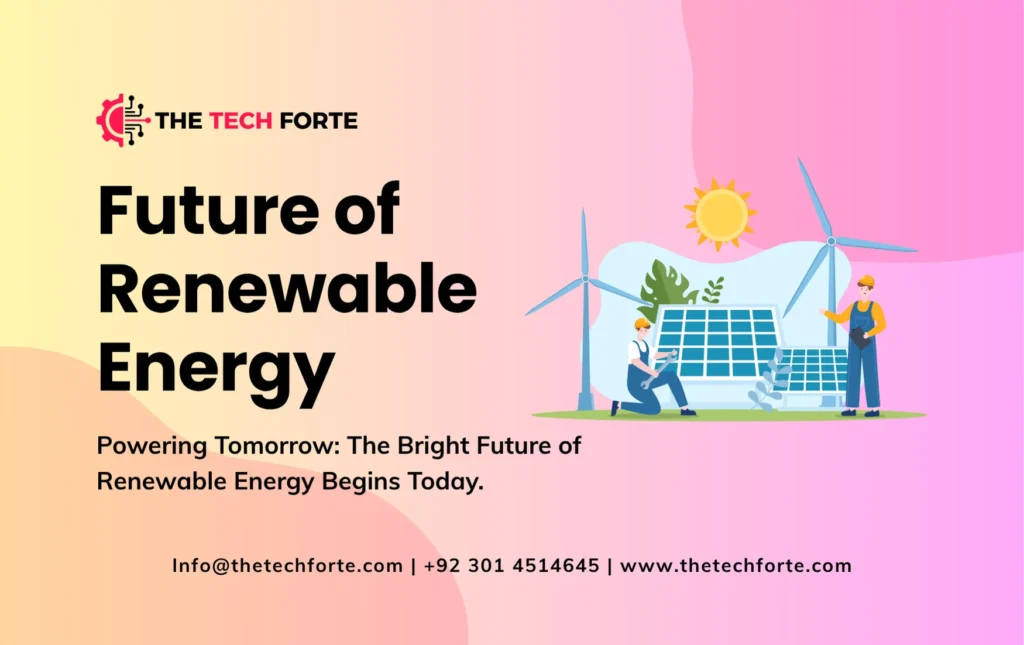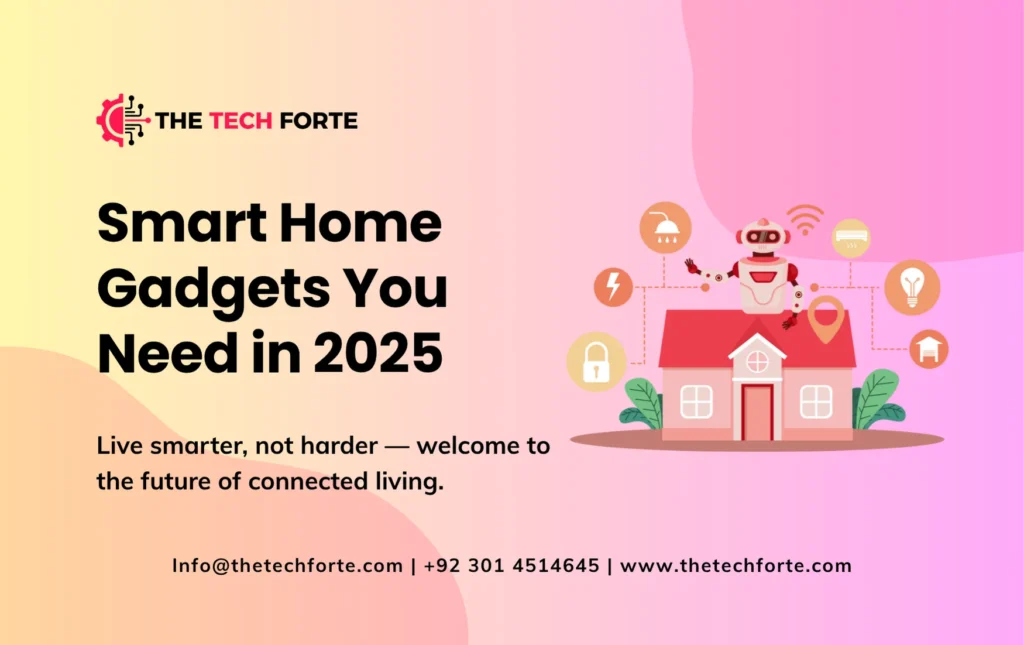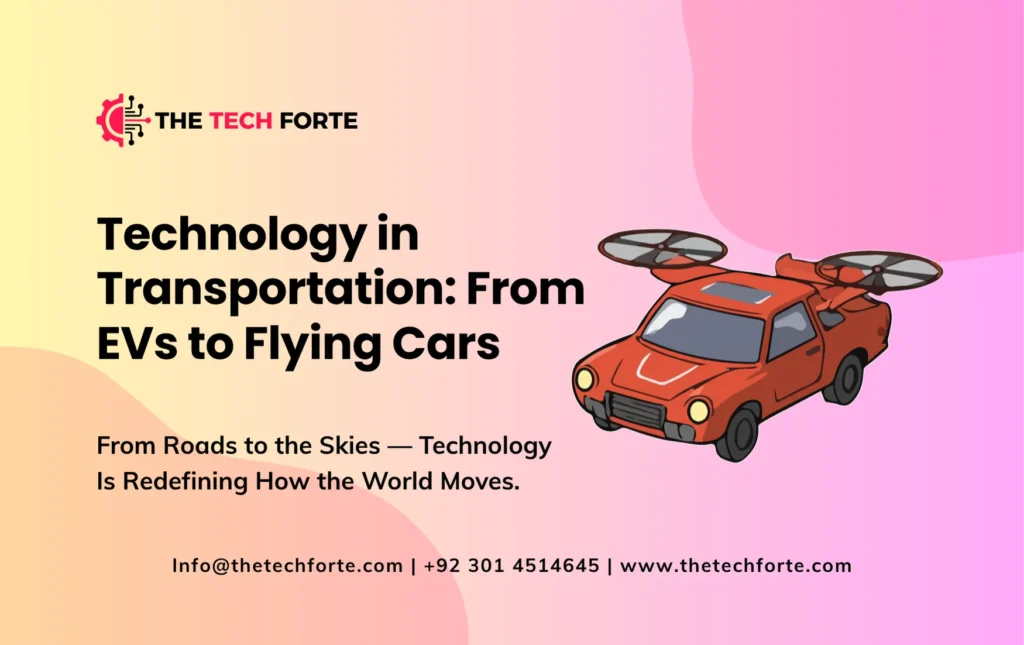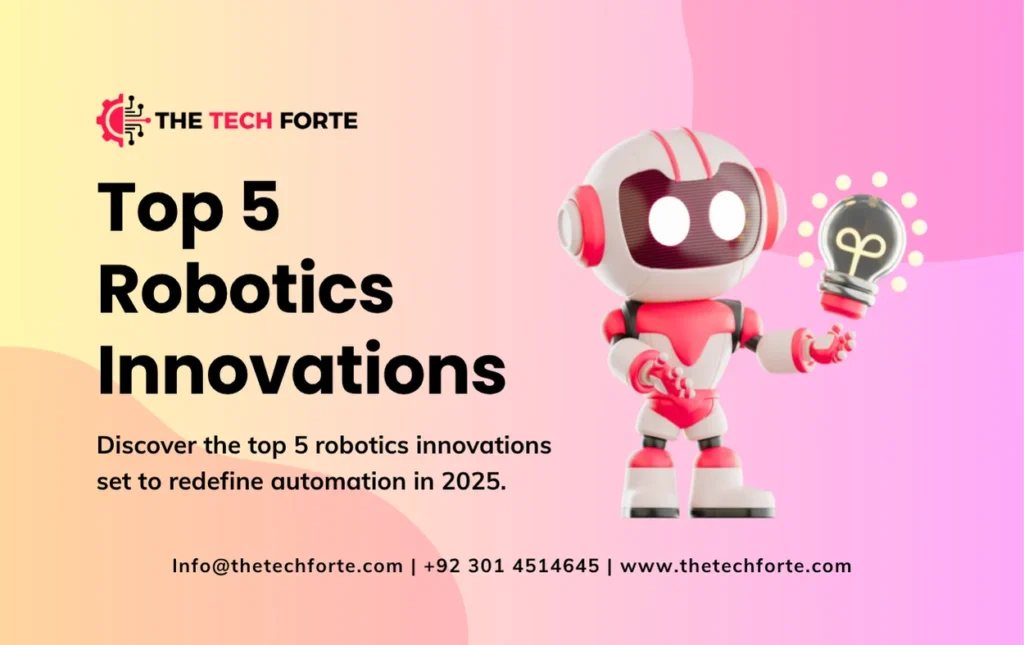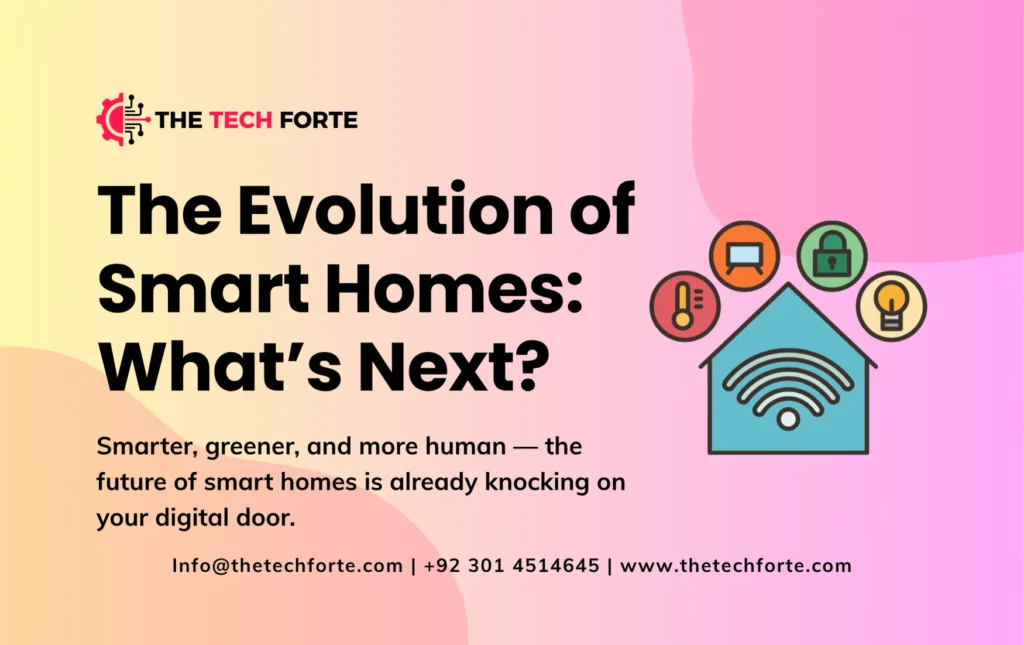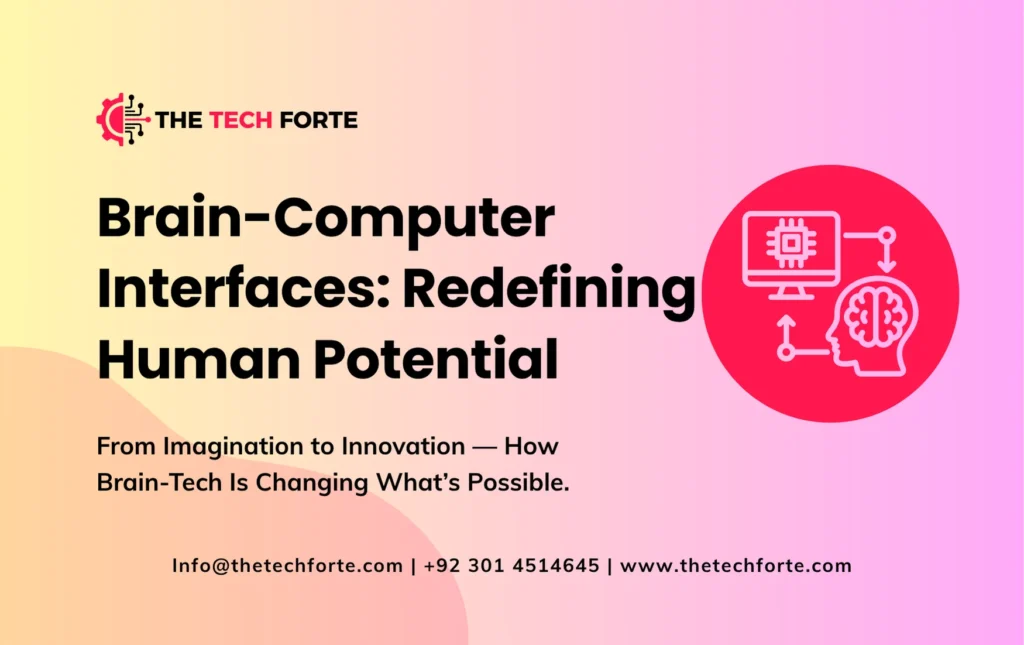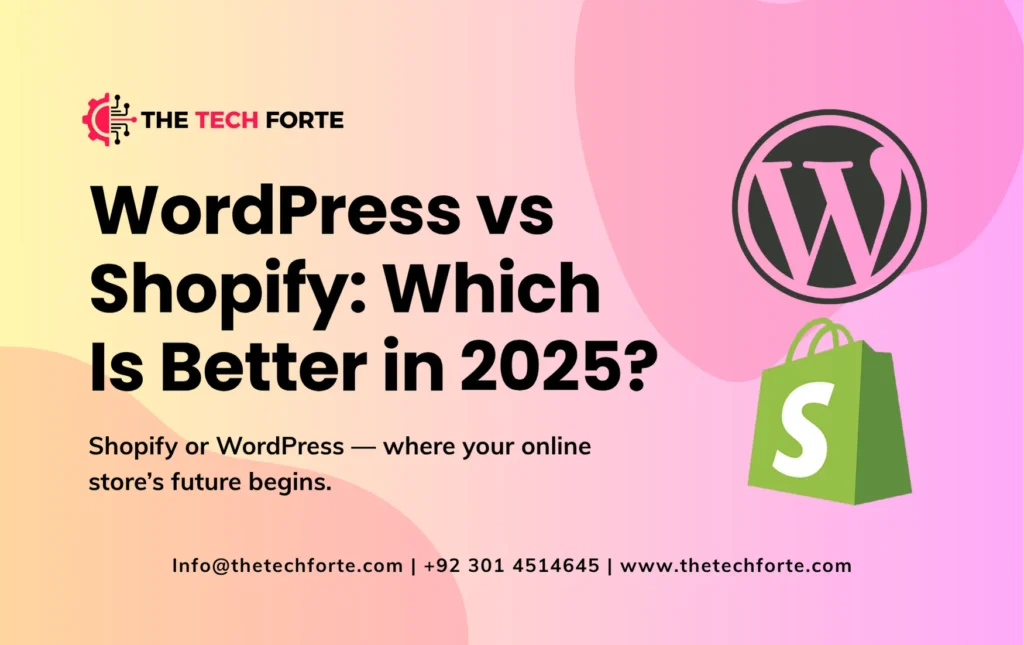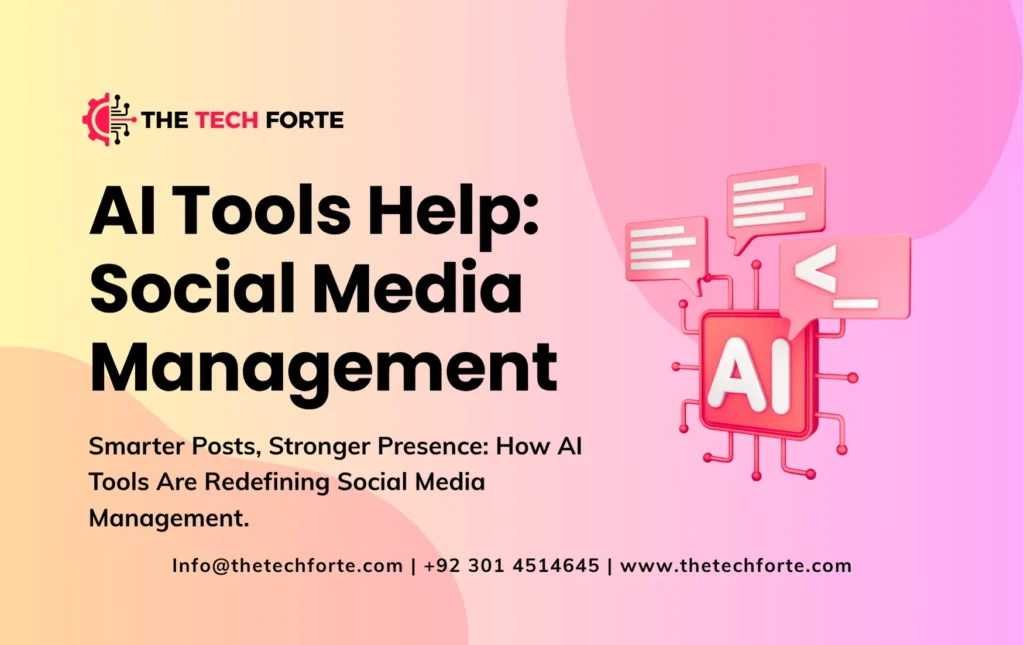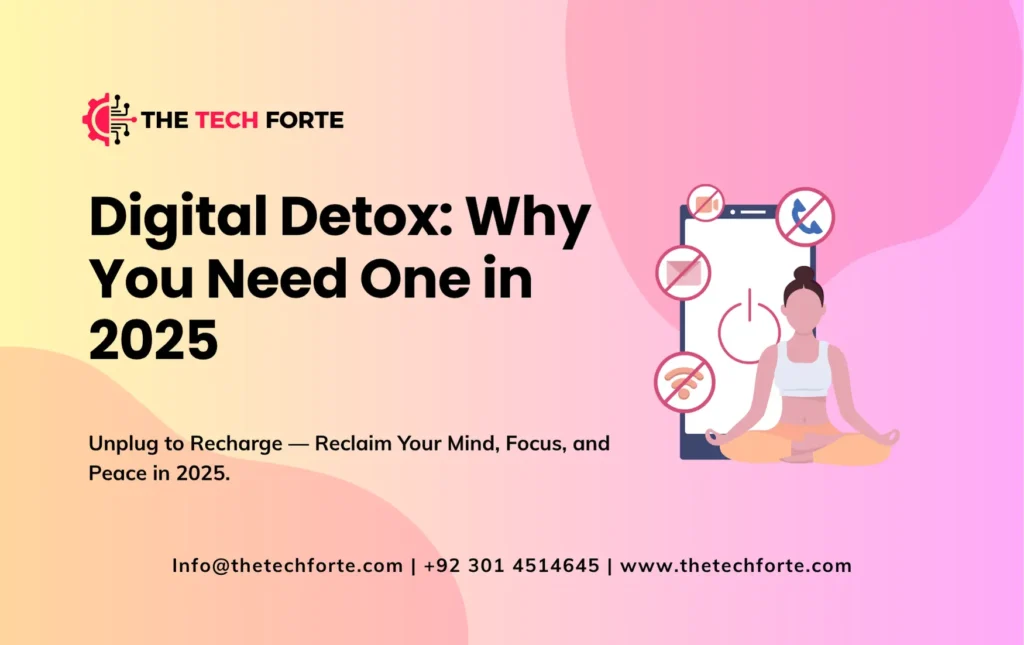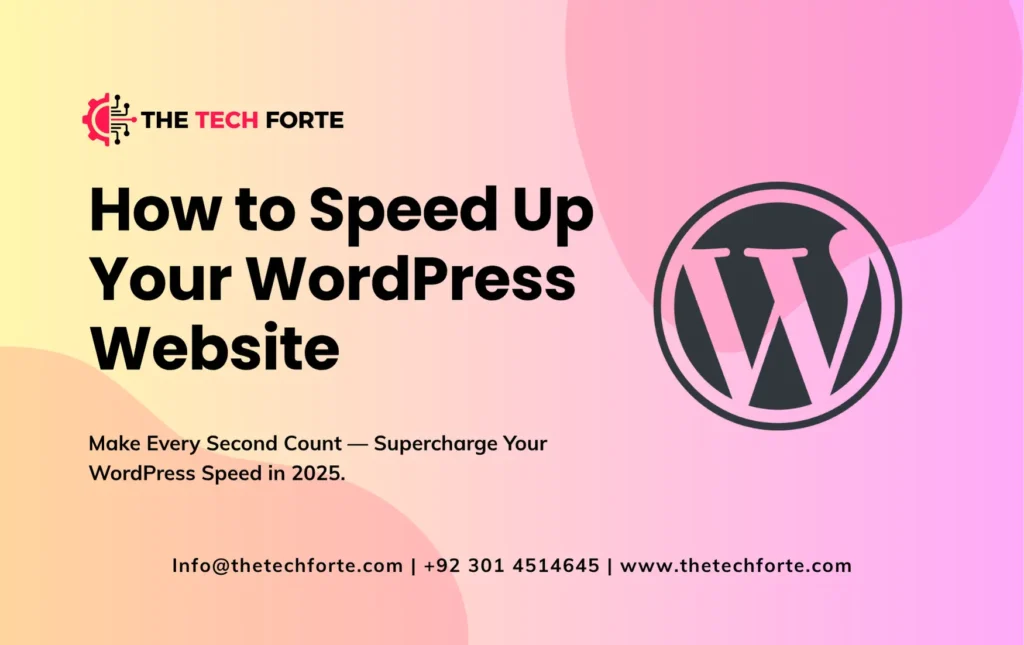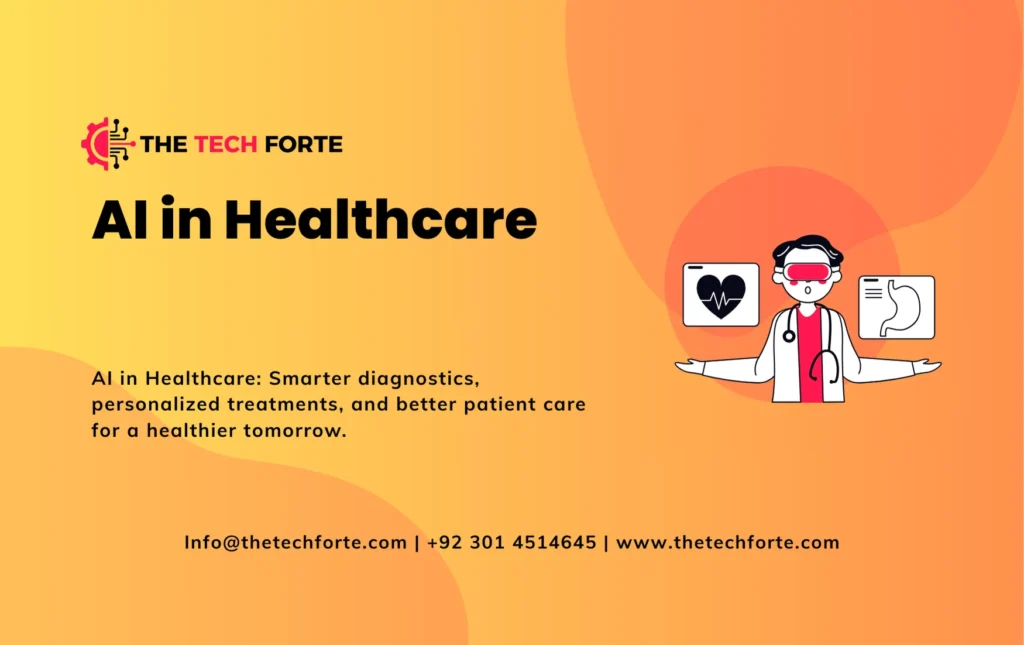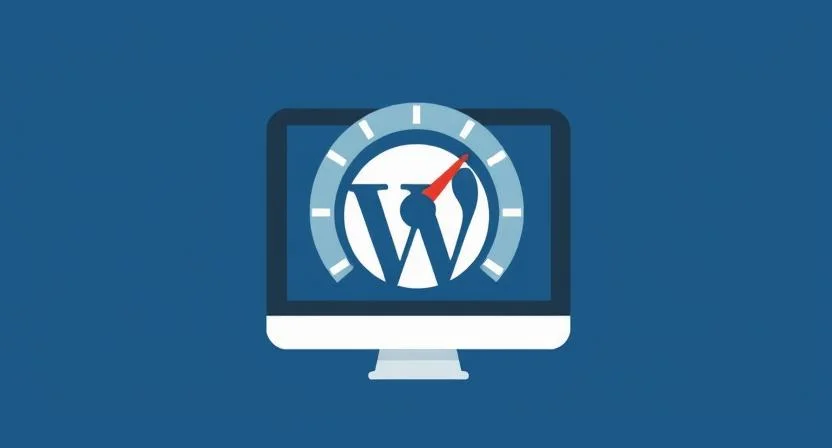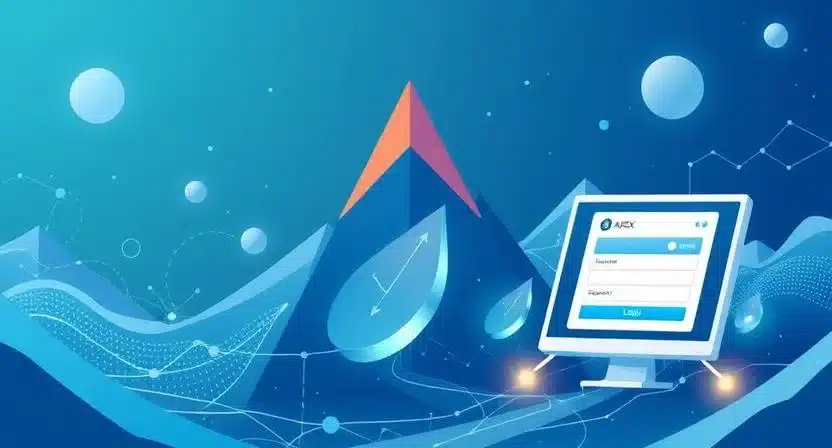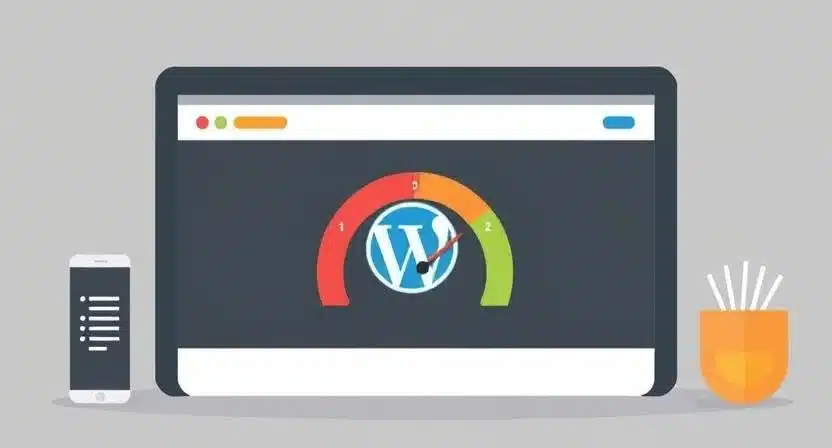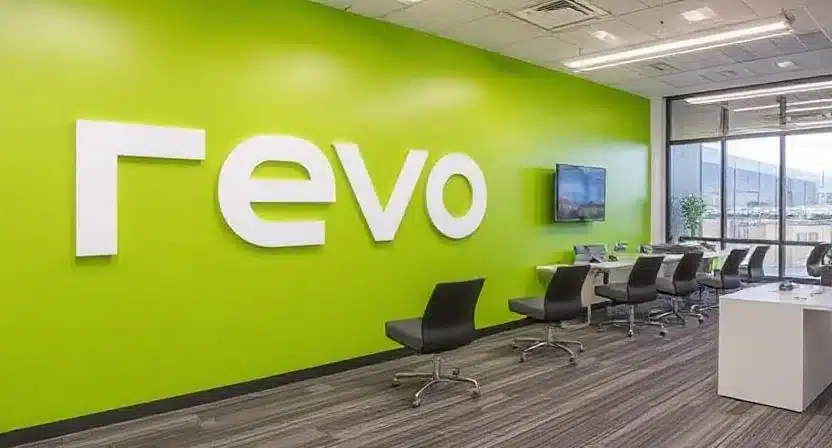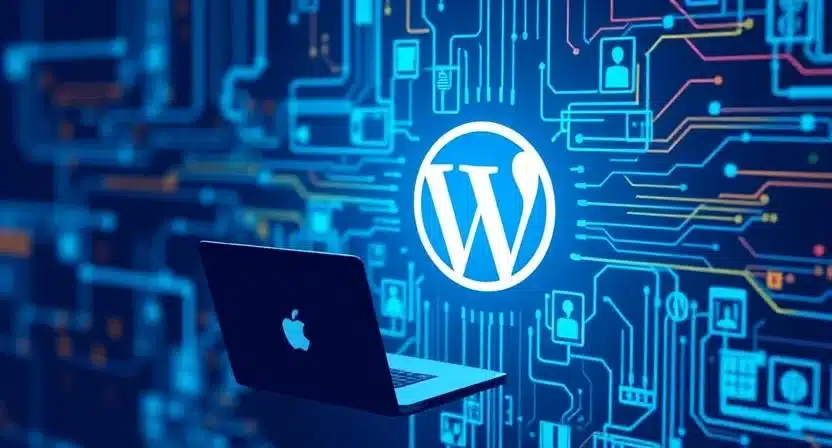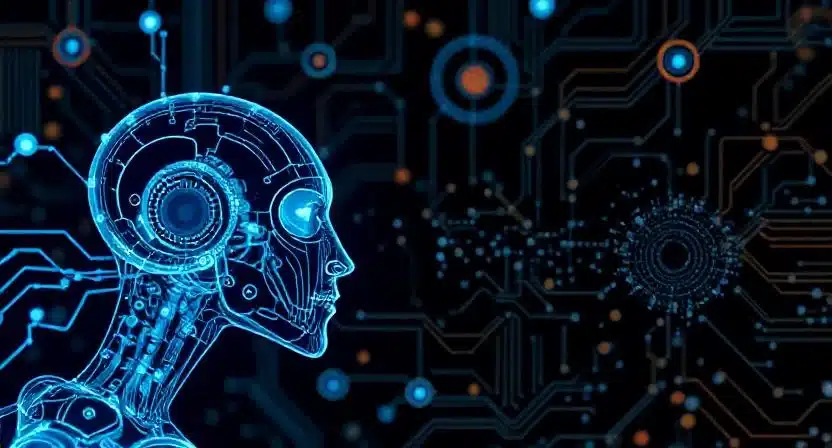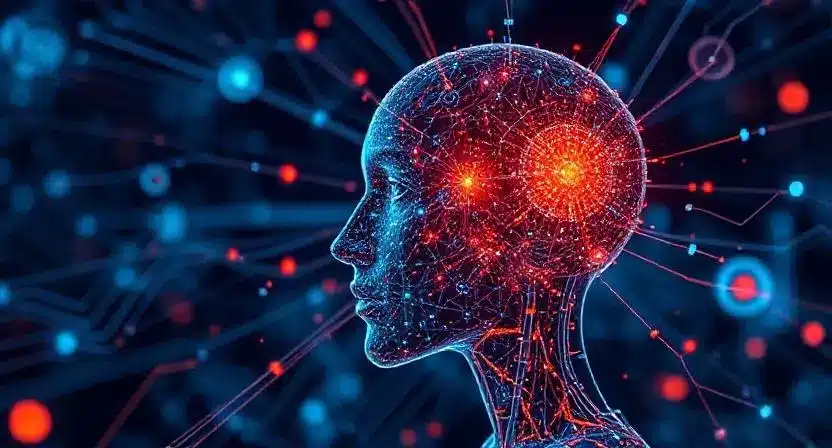The Future of Renewable Energy: What to Expect in the Next Decade
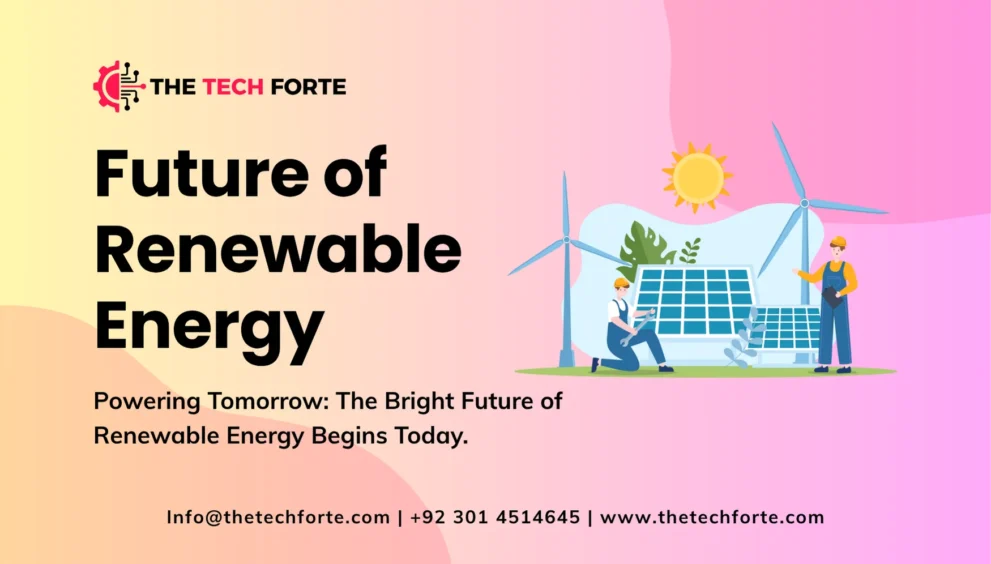
The next ten years will mark a defining era for renewable energy. Across continents, the world is shifting from fossil fuels toward clean power, low-carbon electricity, and alternative energy sources. From rooftop solar panels in dense cities to massive offshore wind farms, the energy transition is no longer a distant dream—it’s an unstoppable reality.
By 2035, experts expect renewable energy to power most of the world’s grids, bringing us closer to a net-zero electricity future. As nations, corporations, and individuals rally for a decarbonisation-driven planet, the focus is on innovation, affordability, and accessibility.
The future of renewable energy lies in smarter systems, innovative technologies, and global collaboration to ensure the next decade reshapes how humanity powers progress.
Recommended Read: Smart Homes of 2030: Living with Fully Automated Systems
The Global Snapshot: Where We Stand Today
The renewable energy industry has entered a golden age. In 2025, renewable capacity grew by nearly 50%, led primarily by solar PV growth and wind turbine capacity. According to the International Energy Agency, renewables will surpass coal as the world’s main electricity source by mid-decade—a symbolic yet powerful milestone in the clean energy future.
- Solar PV accounted for three-quarters of new renewable installations in 2024, showing remarkable scalability and affordability.
- Wind energy, both onshore and offshore, continues to expand rapidly, with countries like China, the U.S., and the U.K. investing heavily in high-capacity turbines.
- Hydropower, bioenergy, and green hydrogen are emerging as crucial complements in the global energy mix.
This surge reflects not just technology improvements but also major policy commitments. From the EU Green Deal to the U.S. Inflation Reduction Act, governments are making large-scale investments to fast-track the energy transition and strengthen renewable energy adoption worldwide.
The Rise of Solar and Wind Power
Solar PV Growth: From Rooftops to Utility Giants
Over the next decade, solar power will remain the cornerstone of the renewable revolution. The cost of photovoltaic (PV) technology has dropped by over 80% in the past ten years, making renewable energy adoption easier for households and businesses alike.
Future advancements—such as perovskite solar cells and bifacial panels—promise even greater efficiency. From urban rooftops to sprawling solar farms, distributed generation models will ensure every region can harness sunlight efficiently.
Moreover, micro-grids powered by solar PV are transforming rural communities, enabling off-grid renewable resources in regions that once lacked stable electricity.
Wind Energy and Expanding Turbine Capacity
While solar dominates in numbers, wind energy leads in large-scale output. Innovations in wind turbine capacity have allowed newer models to generate up to 15 MW each—enough to power thousands of homes.
Offshore wind, particularly in Europe and Asia, represents a major leap forward. Floating wind farms and digital forecasting powered by AI are improving efficiency and reducing maintenance downtime. As smart grid integration evolves, wind energy will play an even greater role in ensuring a reliable, stable supply of low-carbon electricity.
Technology Breakthroughs: The Next Wave of Innovation
The Role of Green Hydrogen
One of the most exciting developments in the future of renewable energy technologies is green hydrogen—a clean fuel produced using renewable electricity. Hydrogen could decarbonize hard-to-electrify sectors such as steelmaking, shipping, and aviation.
Countries like Japan, Germany, and Saudi Arabia are heavily investing in hydrogen infrastructure, aiming to turn it into a globally traded clean fuel. Over the next decade, expect green hydrogen growth to complement wind and solar, making it a key pillar of a net-zero electricity economy.
Energy Storage for Renewables
Intermittency remains one of the biggest challenges for renewable power. However, advanced energy storage technologies—such as lithium-ion, solid-state, and flow batteries—are rapidly bridging that gap.
By storing excess electricity generated from solar PV growth and wind electricity generation, these systems will allow smart grid integration and provide energy stability even during cloudy or windless days. This synergy between production and storage is vital for scaling renewable power capacity growth globally.
Digitalization and Smart Grid Integration
The digital layer of the energy system is just as transformative as its physical infrastructure. Using machine learning, IoT sensors, and AI-driven analytics, utilities can predict demand and optimize renewable input in real-time.
This smart grid integration ensures that electricity generated from diverse alternative energy sources—solar, wind, hydro, and hydrogen—flows seamlessly where it’s needed most. The next decade will see an explosion of intelligent, connected grids that empower both consumers and providers.
Policy and Global Commitments Driving Change
Governments and organizations across the world recognize that reaching net-zero electricity by 2050 requires urgent action. Global policies such as SDG 7 (Affordable and Clean Energy) push for an increase in renewable energy in the global mix by 2030.
Countries are enacting policies to support:
- Tax incentives for clean energy transition projects.
- Investment in renewable energy technology and R&D.
- Easier grid access for distributed generation producers.
- International collaboration for raw materials and renewable energy production.
Corporate players are also stepping up. Companies like IBM, Apple, and Google aim for 100% renewable electricity in their operations by 2030. Their commitment to corporate renewable energy procurement not only cuts emissions but also inspires global supply chains to follow suit.
Such unified momentum ensures that the future of renewable energy is not just a technological revolution—but a socio-economic one too.
Overcoming Challenges: The Roadblocks Ahead
Despite progress, the path to a clean energy future is not without hurdles.
Grid Integration and Infrastructure Gaps
As renewables dominate supply, managing grid stability becomes complex. Grid integration of renewables requires large-scale modernization of power networks and better forecasting tools. Countries must invest in flexible grids capable of handling fluctuating renewable inputs.
Raw Materials and Supply Chains
Building millions of solar panels and turbines requires critical minerals—like lithium, cobalt, and rare earth elements. Ensuring sustainable mining, recycling, and global trade access to raw materials for renewable energy is a growing concern. Stronger international cooperation is needed to secure these resources ethically.
Cost, Access, and Policy Barriers
While costs have fallen, developing nations still face financial and regulatory barriers. For many, renewable energy access in developing countries depends on fair financing, local manufacturing, and transparent policy frameworks that encourage private investment.
These obstacles underscore the need for inclusive renewable energy policy reform to ensure no region is left behind in the global energy transition.
The Future Outlook: 2025–2035
The coming decade will define how successfully humanity can embrace renewable energy of the future. Here’s what experts predict:
- By 2026, global renewable electricity will overtake coal production.
- By 2030, renewable energy adoption will reach nearly 50% of total electricity generation.
- By 2035, renewables will dominate power grids, providing more stable, low-carbon electricity than ever before.
Technological diversity will also rise—micro-grids in remote regions, green hydrogen for industries, and AI-driven grid balancing will together deliver sustainable, efficient, and resilient power systems.
In essence, the future of renewable energy innovations and challenges will center around scalability, storage, and social inclusivity.
Decarbonisation and the Path to Net-Zero Electricity
The term decarbonisation defines our generation’s mission—to reduce greenhouse gases and create a carbon-neutral planet. Achieving net-zero electricity means eliminating emissions from power generation through efficiency, innovation, and behavioral change.
Decarbonisation isn’t only about technology—it’s about mindset. Nations are now aligning renewable energy policy with climate goals, businesses are decarbonizing operations, and citizens are demanding cleaner choices. The synergy between innovation and responsibility ensures that the clean power movement will continue to expand globally.
Beyond the Grid: Distributed Generation and Micro-Grids
A revolution is happening at the local level. Distributed generation—where power is produced near the point of use—is empowering communities worldwide. Micro-grids, often solar-powered, now serve hospitals, schools, and rural homes that were once dependent on unreliable central grids.
In Africa, Asia, and South America, micro-grids are reducing energy poverty and enabling businesses to thrive sustainably. They also serve as prototypes for resilient systems in disaster-prone regions.
This people-centric model of alternative energy sources marks a significant step toward the democratization of energy—allowing everyone to contribute to the global clean energy future.
A Glimpse into the Distant Future
Looking beyond 2035, we can expect renewable energy technologies to evolve far beyond today’s imagination. Floating solar farms, high-altitude wind systems, and advanced energy storage for renewables will redefine our grids. Sustainable energy will no longer be a niche goal but the foundation of civilization itself.
Projects like the Xlinks Morocco-UK renewable energy project already demonstrate cross-continental collaboration, where one country’s sunshine powers another’s cities. Such visionary projects show what’s possible when nations work together.
The future of renewable energy cars, powered by clean hydrogen and stored solar electricity, will also transform mobility, reducing urban pollution and carbon footprints.
This is not a trend—it’s the blueprint of human progress.
Frequently Asked Questions (FAQs) about the Future of Renewable Energy
What will renewable energy look like in 2035?
By 2035, renewable energy is expected to dominate global electricity generation. Most countries will rely primarily on solar, wind, and green hydrogen for power. Technologies like smart grids and energy storage systems will ensure constant, reliable electricity—even when sunlight or wind is low. The shift toward net-zero electricity will make renewable energy the backbone of global development.
Which renewable energy source has the most potential for the future?
Solar power currently holds the greatest long-term potential due to its scalability and falling costs. However, wind energy, especially offshore wind, is rapidly growing. The combination of solar, wind, and green hydrogen will shape the clean energy transition in the next decade.
How will green hydrogen change the energy industry?
Green hydrogen will revolutionize industries that are hard to electrify—like heavy transport, steelmaking, and aviation. Produced using renewable electricity, hydrogen emits only water when used as fuel. It’s a key player in achieving decarbonisation and supporting a sustainable energy future.
What are the main challenges for renewable energy adoption worldwide?
The biggest challenges include:
- Energy storage and grid integration to handle fluctuating solar and wind output.
- High initial costs in developing countries.
- Access to raw materials for renewable technologies.
- Policy gaps and inconsistent regulations across markets.
However, with government incentives, private investment, and innovation, these challenges are gradually being overcome.
What role do smart grids play in the clean energy future?
Smart grids balance power demand and supply using AI, data, and automation. They manage renewable power capacity growth, prevent blackouts, and ensure efficient energy distribution. In the next decade, smart grids will be central to integrating millions of decentralized renewable resources into global networks.
Conclusion: The Renewable Energy of the Future
The renewable energy of the future isn’t coming—it’s already here. What was once a dream of scientists is now a global reality reshaping economies, creating jobs, and protecting the planet.
As renewables surpass coal, and clean power replaces fossil fuels, the world is witnessing a new era of hope—an age of sustainable energy, distributed generation, and decarbonisation that places people and the planet first.
From solar PV growth to green hydrogen breakthroughs, from smart grid integration to micro-grids, every innovation brings us closer to a balanced, inclusive, and resilient energy future.
In the next decade, renewable energy won’t just light our homes—it will power our purpose.





